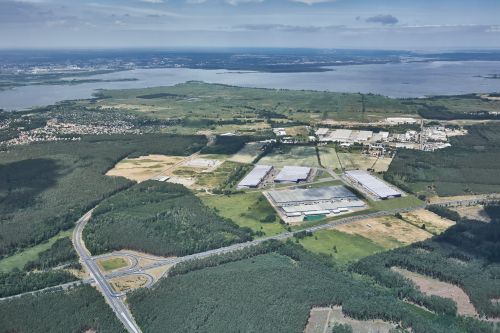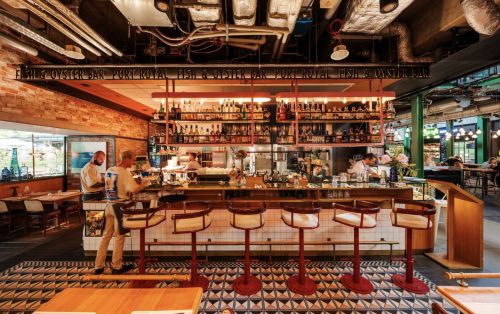Among architects, the Blue City and Złote Tarasy projects have been sources of controversy. Whilst some argue that neither of these projects fit into the context of Warsaw, there are others who welcome their arrival. But those working in the field of retail do agree that the shape of things to come will be quite different to anything existing now. Those big hypermarkets might have had theirday for a start
"It's like a UFO that has landed in the city," says Jan Rycerski of Szaroszyk & Rycerski Architekci, about Złote Tarasy, and neither him nor his partner Piotr Szaroszyk will have too many kind words for Blue City as well. They believe that both designs, brainchildren of respectively American and Turkish then American architects, (with some Polish input) fail to appreciate the spirit of the city they'll be built in. Others, such as Szymon Wociechowski of APA Wojciechowski, believe on the other hand that these developments will add something of value. "It [Złote Tarasy] will giv






























































